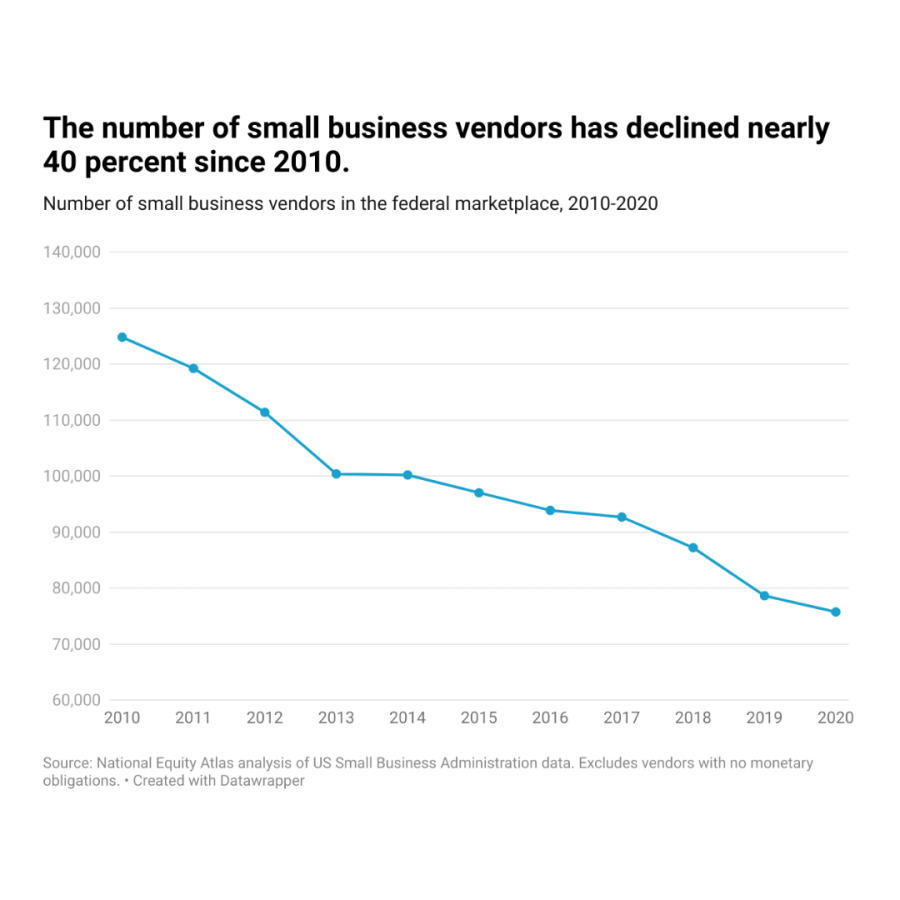Sonoma County Latinx Workers are Overrepresented in Frontline Positions
Our analysis of the demographics of the frontline workforce in Sonoma County reveals that Latinx workers are disproportionately concentrated in frontline occupations.
Last Tuesday, Sonoma County’s public health department released new data revealing that the county’s Latinx residents are four and half times more likely to contract the coronavirus than White residents. Latinx residents represent about 27 percent of the population but 59 percent of those who’ve tested positive for the virus, according to the county data. In response, the county has ramped up testing for Latinx residents and pledged to investigate the cause of the disparity. Local leaders cite several possible causes, including the higher share of Latinx workers in low-wage jobs which lack health insurance or workplace protections, and the prevalence of multiple family households because of high housing costs.
Our analysis of the demographics of the frontline workforce in Sonoma County reveals that Latinx workers are disproportionately concentrated in frontline occupations where workers are more likely to live in or near poverty, lack US citizenship and health insurance, and have limited English proficiency. While Latinx workers are 26 percent of all workers, they are 33 percent of essential workers. The data in this post draws from our Profile of Frontline Workers in the Bay Area, based on data from the 2014-2018 American Community Survey provided by the Center for Economic and Policy Research. You can access the data for Sonoma County here.
There are 86,700 essential workers in Sonoma County — 34 percent of all county workers — spread across 11 industries, largely in health care, construction, manufacturing, and the grocery industry.
Latinx workers are overrepresented in the following frontline industries: agriculture (64 percent), building cleaning services and waste management (59 percent), domestic work (41 percent), construction (38 percent), and manufacturing (35 percent).
Latinx workers in Sonoma County account for the majority of workers in agriculture as well as building cleaning services and waste management. Although these industries are relatively small, compared with workers across all industries, these workers are more likely to rent rather than own their home, live in or near poverty, lack US citizenship and health insurance, have limited English proficiency, lack a high school diploma, care for children at home, and lack internet access.
Men of color are most likely to be concentrated in essential industries (24 percent share of essential industries versus 20 percent share of industries overall). Women of color are also slightly more likely to work in essential industries (18 percent share in essential industries versus 16 percent of industries overall). Men of color are concentrated in the following essential industries: agriculture (53 percent), construction (42 percent), trucking, warehouse, and postal service (37 percent), and building cleaning services and waste management (30 percent), among others. Women of color disproportionately work in the following essential industries: domestic work (50 percent), childcare and social services (33 percent), building cleaning services and waste management (31 percent), and health care (27 percent).
Latino men only make up 15 percent of Sonoma County workers but are the majority of workers in the county’s agricultural industry (52 percent), and a disproportionate share of construction workers (38 percent) and workers in the building cleaning services and waste management industries (29 percent). Latino men also account for about one quarter of workers in the trucking, warehouse, and postal service industry (25 percent) and manufacturing industry (24 percent).
Latina workers in Sonoma County account for about one out of every 10 workers (11 percent), but 4 in 10 domestic workers, 3 in 10 workers in building cleaning services and waste management (31 percent), and one-quarter of workers in childcare and social services.
For frontline workers to be healthy and economically secure they need proper protective gear and testing, paid sick leave and affordable health care, living wages, childcare and elder care, and secure housing. Learn more about actions that employers and state and local government should take to support frontline workers and provide for the common good.


